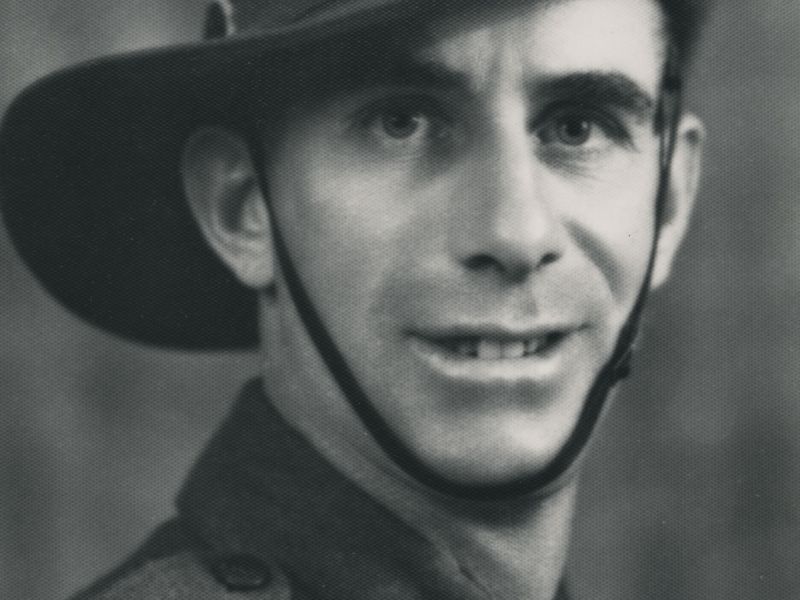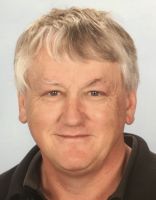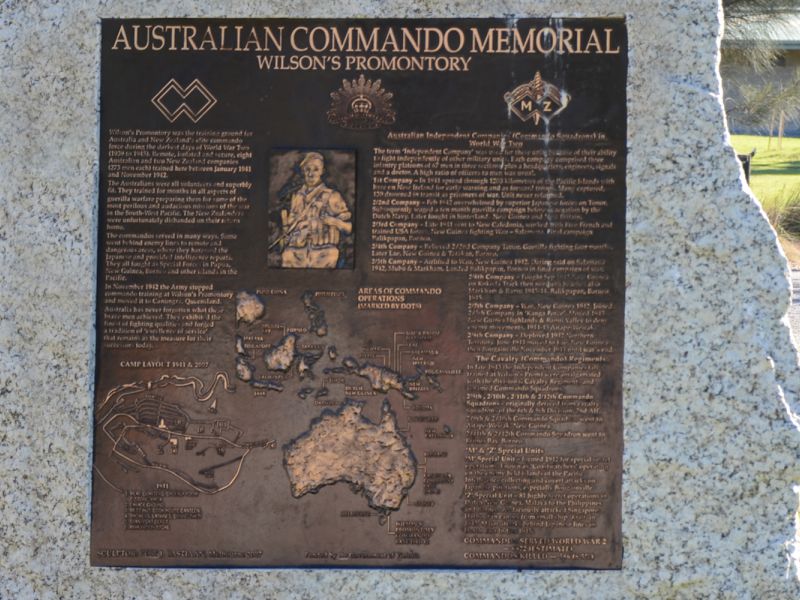Charles Henry Aplin
When Charles Henry Aplin and his twin brother Stephen Vicar were born on the 27th of August 1909 in Battersea, London Borough of Wandsworth, their father, Frederick Samuel, was 31, and their mother, Miriam Lydia nee Williams, was 30. Charles and Stephen would be the youngest of a family of five children. Their elder siblings were Frederick Samuel William, Miriam Gertrude, and William Stephen.
Charles' parents, Frederick and Miriam, were married on 3 August 1903 at St Paul's church in Clapham, Lambeth, England.
Charles’ father Frederick, was a boot repairer who worked out of the home at 10 Tyneham Road, Battersea. Census records of 1911 show that in growing up, Charles had two of his uncles on his father's side living with them. Charles Albert Aplin (18) worked with Frederick in the boot repair business, whilst William Thomas Aplin (29) worked grinding phonograph records.
Clearly, Charles and William both had an adventurous streak within them. On the 24th of May William boarded the SS Ballarat with a 3rd Class passenger ticket bound for a new life in Sydney, Australia. Over a year later, on the 13th of September, 1924, Charles boarded the SS Orient, also with a third class ticket and headed to Melbourne. Perhaps William had written to Charles describing the new life he could have in Australia. Both twins gave their profession as an errand boy and their last known address in the United Kingdom was the Aplin family home at 57 Chatterton Road, Bromley Common, Kent, a house on the southern outskirts of London.
Little is know or either Charles or William until the early 1940’s, although Charles had been working as a station hand at Quilpie, a farming region west of Charleville in south-western Queensland. Charles’ enlisted at Toowoomba, Queensland, on the 19th of February 1941. He had undergone his medical examination on the 26th of June 1940 at Kelvin Grove in Brisbane. The information shows that he was given the Regimental Number QX16718.
After being deployed to the Middle East he embarked on HMT Mauritania to Bombay, where he the embarked on HMT Egra to Adelaide, arriving on the 24th of March 1942. During the journey he was promoted to Graded Group III Gunlayer with the 2/2nd Australian Anti-tank Regiment. After volunteering for the Guerilla Warfare School at Wilsons Promentory in Victoria, he was posted to the 2/7th Independent Company on the 20th of September 1942. The 2/7th Independent Company had been formed in May 1942 and undergone its training at Wilson's Promontory, Victoria. Towards the end of 1942, over a period of two days, the 2/7th was flown to Port Moresby, from which it was flown to Wau, in New Guinea, in January 1943. At Wau, it joined the 6th Division's 17th Brigade and the other units of Kanga Force.
The following account is taken from information from the Australian War Memorial as well as the 2/7th Independent Company War Diary for March 1943.
“Moving into position on the ridge above Mubo, the independent company conducted patrols against the Japanese. On 13th January they saw a group of over a hundred Japanese soldiers approaching Mubo from Komiatum. The 2/7th ambushed this column, killing many, but the next day the Japanese attacked their position and forced them to fall back towards Wau. The Japanese had been concentrating their forces in the area and at the end of the month launched a major attack against Wau.
After bitter fighting, this attack was repelled and the 2/7th participated in pushing the Japanese back to Mubo by advancing along the Buisaval Track to Guadagasai. From Guadagasai the 2/7th worked with the 2/3rd and 2/5th Independent Companies to clear the Japanese from Jap Track and Wau Valley and this was done by the end of February. In March the 2/7th had returned harassing the Japanese at Mubo.
On the 16th March the company arrived at Scout Camp and moved off with B platoon heading to Mat Mat. The CO and B platoon arrived at Mat Mat, while Lieutenant Greer took a patrol and moved off to see if the company’s old positions on Vickers Ridge were unoccupied. In the meantime, Lieutenant Green moved with his section to Garrison Hill and found it unoccupied, then moved towards Dry Creek Bed, drawing fire from Observation Hill and encountering an enemy ambush at 1745 hours, A little after 4 pm, the M.G, section arrived at Mat Mat from Four Way Junction. This provided extra firepower for the company. The following day, the 17th March, Lieutenant Green, Corporal Stapleton and eight men, left Mat Mat to patrol Greene’s Hill. At the same time, Lieutenant Greer attacked in the rear of the enemy positions on Observation Hill but was itself ambushed.”
During this encounter, Charles, and another member of the company Private Alan James MacMahon VX120127, were killed by enemy fire. Charles was buried at Lae War Cemetery in Papua New Guinea, however Alan has no known grave and is remembered on Panel 2 of the Lae Memorial.
Charles is remembered on the Australian Commando Memorial, the Bromley War Memorial (UK), the Australian War Memorial Roll of Honour, the Quilpie Bob Young Memorial Park and the Corryong War Memorial. For his service, he was awarded the Pacific Star, the 1939-1945 Star, the Defence Medal, the War Medal 1939-1945 and the Australian Service Medal 1939-1945.

 Stephen Learmonth
Stephen Learmonth

